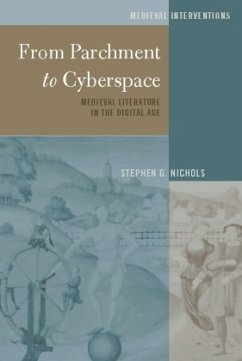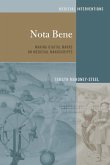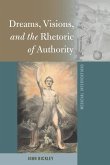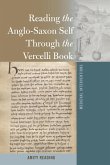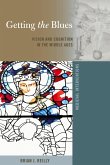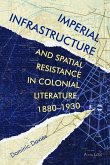From Parchment to Cyberspace argues the case for studying high-resolution digital images of original manuscripts to analyze medieval literature. By presenting a rigorous philosophical argument for the authenticity of such images (a point disputed by digital skeptics) the book illustrates how digitization offers scholars innovative methods for comparing manuscripts of vernacular literature - such as The Romance of the Rose or texts by Christine de Pizan - that reveal aspects of medieval culture crucial to understanding the period.
«Overall, From Parchment to Cyberspace is a valuable (and, I might add, extravagantly illustrated) contribution to the growing critical conversation on the digitization of medieval manuscripts. Its unusual structure makes it an intriguing resource for teaching as well: individual chapters might teach well as standalone texts. Particularly in the ways that it demonstrates the positive impact of digital manuscripts on the broader study of medieval literature, this book is an intriguing and useful addition to the field.»
«This book will be of great interest to the modern Medievalist and will likely spur on discussion between the different schools of Medieval thought, but it will also appeal to anyone interested in how digital can provide another model for textual transmission [...].»
(John Rodzvilla, Publishing Research Quarterly Volume 33, Issue 2/2017)
«This book will be of great interest to the modern Medievalist and will likely spur on discussion between the different schools of Medieval thought, but it will also appeal to anyone interested in how digital can provide another model for textual transmission [...].»
(John Rodzvilla, Publishing Research Quarterly Volume 33, Issue 2/2017)

